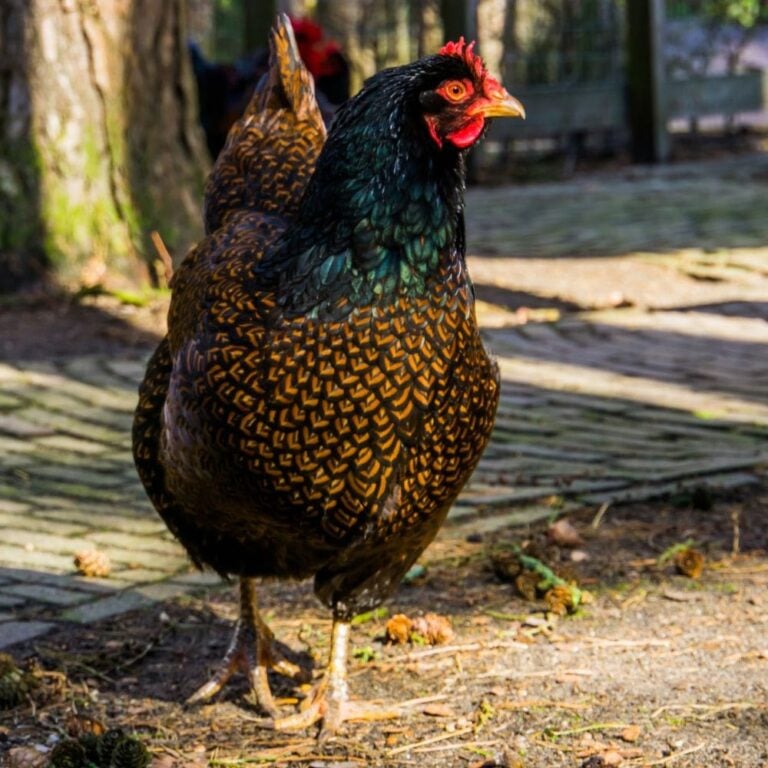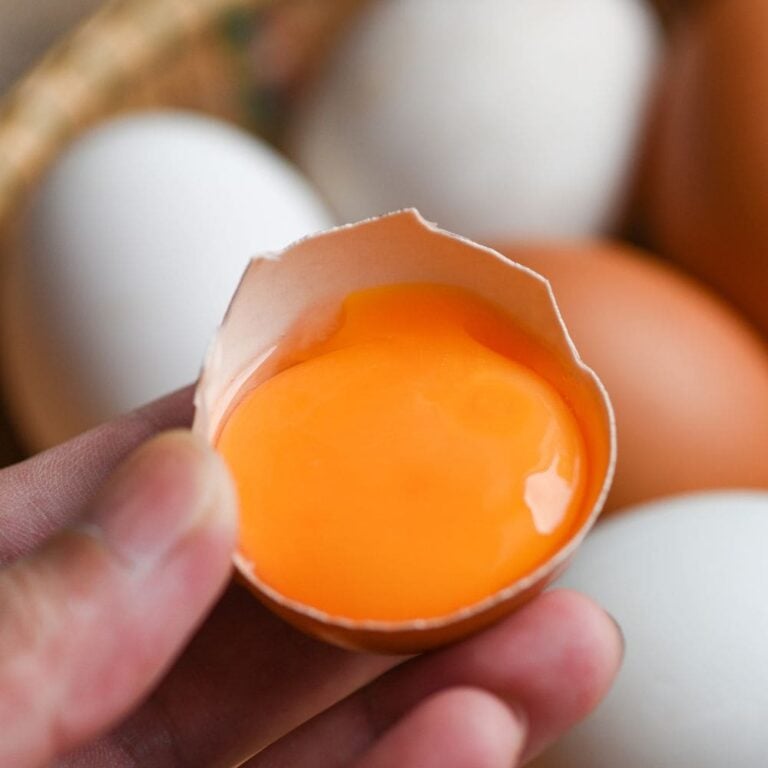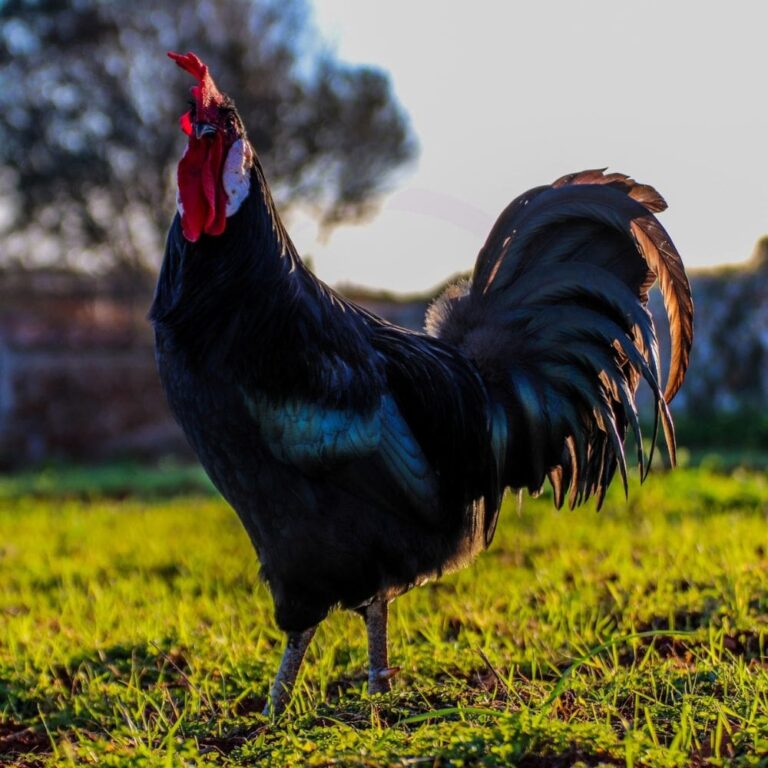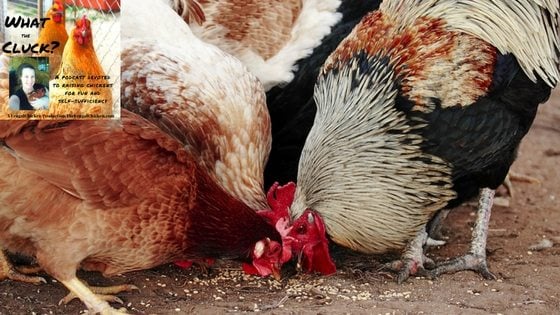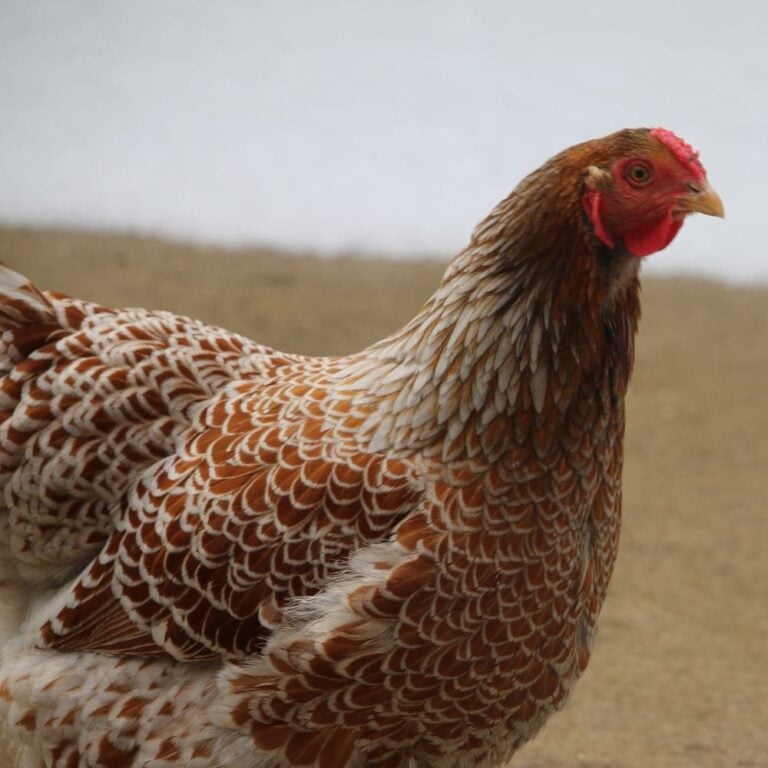There are some truly captivating creatures that we can enjoy, and one of these is the Welsh Harlequin duck. Of course, I’m a sucker for waddling ducks from the start. So, keep that in mind.
Many poultry and fowl have mysterious beginnings that we can only piece together. The Welsh Harlequin, however, is a different story. It’s fun to be able to actually know the history from time to time.
Let’s learn a little about this feathered gem.
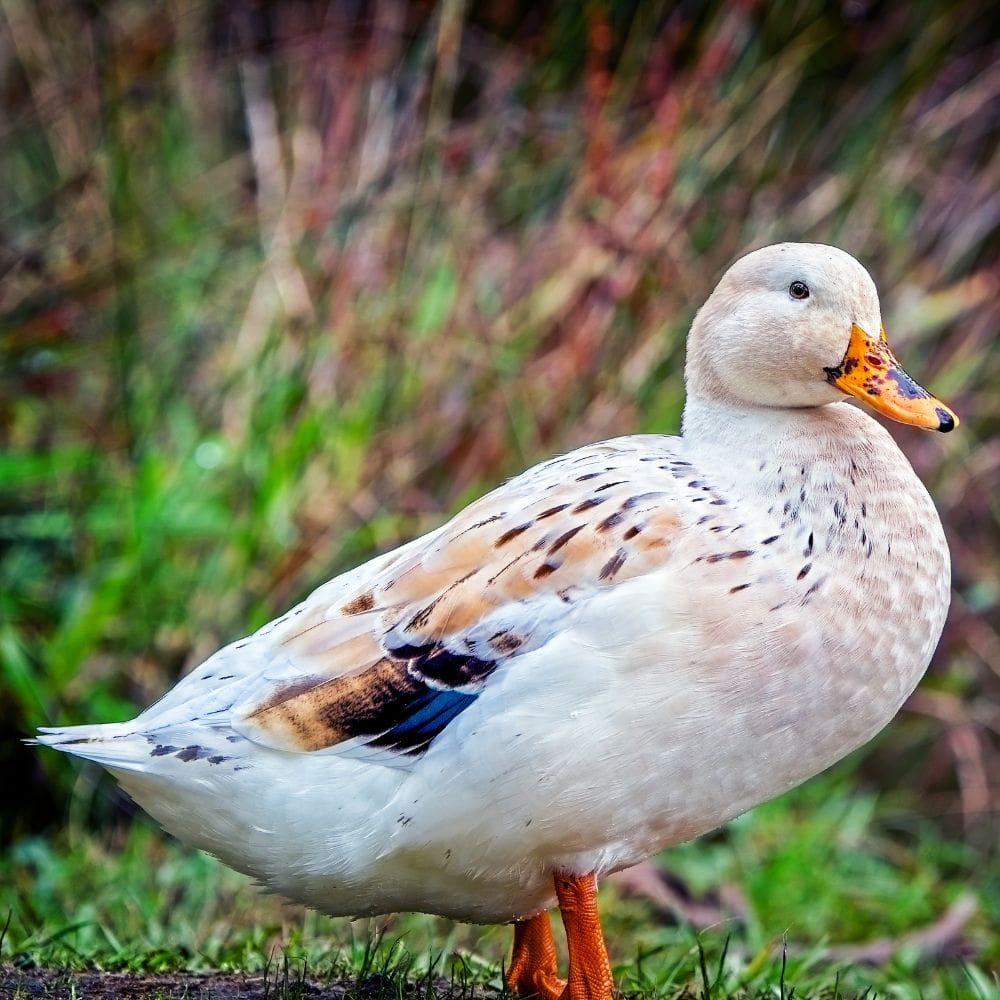
Table of Contents (Quickly Jump To Information)
Welsh Harlequin Duck History Snippet
The Welsh Harlequin duck, or scientifically known as Anas platyrhynchos domesticus, hails from the beautiful land of Wales, United Kingdom.
This is a fairly new breed so we know its roots. Back in 1949, a guy named Leslie Bonnet came up with the brilliant idea of creating a duck breed that was not only easy on the eyes but also could pop out some serious eggs.
He used two lighter-colored Khaki Campbell ducks to start off this duck development endeavor. His experiment in selective breeding gave birth to the Welsh Harlequin.
This beauty was brought to the United States in 1968. It was recognized by the American Poultry Association Standard of Perfection in 2001.
Welsh Harlequin Appearance
Let’s start with the most obvious – their stunning plumage. Simply put a beautiful bird.
The females, in particular, have the most unique feather patterns in my personal opinion. Welsh Harlequin drakes have more of a Mallard appearance with a dark head with a green sheen, a white collar, and chestnut brown shoulders. Females, on the other hand, are a frosted white with darker rust and reddish-brown colors peeking through and throughout.
These ducks are the Goldilocks of the duck world – not too big, not too small, but just right. They’ve got a sleek and streamlined body, a pretty long neck, and an oval head that’s just the right size. And when they move, it’s like watching a ballet on water!
Something ultra cool about these fancy-named ducks is that the sexing accuracy is quite high. This is due to their bill color. The males have darker bills and the females have lighter bills with a dark spot at the end of it. It’s noticeable right after hatching but very quickly changes.
Welsh Harlequin Personalities
Welsh Harlequins are known for their laid-back and friendly vibes, making them a perfect fit for backyard bids. They’re social butterflies who get along swimmingly with other ducks and feathered friends. Human interaction is especially possible if you tempt them with protein-packed treats like these.
This calm demeanor makes this breed land in the great pets category, and that’s a win-win for them and you. They are also excellent foragers which cuts down on feed bills and helps you keep the insect and weed population down. Nice.
Egg Production
Leslie Bonnet’s experiment was a hit! Adult females are egg-laying champs, cranking out around 220-300 white or cream-colored eggs each year. That’s a lot of omelets! And custard cakes. And deviled eggs. And….you get the picture.
Let’s face it, having cute ducks waddling around is great – but from a practical duck-keeping lense it’s also important to have a useful pet (and not just a yard free-loader). Many “duckketeers” claim that these fun-loving ducks are a better egg producer than the Khaki Campbell. You can be the judge of that.
How To Care for Ducks
- Provide LOTS of fresh, clean water
- Ensure they have suitable housing (a coop that is predator proof)
- Offer your flock high quality, high protein feed to meet all of their dietary requirements
Saving the Day (and the Ducks)
Unfortunately, these cool ducks have faced a bit of a rough patch, with their numbers dwindling over the years (even though they haven’t been around that long). Like many other unique breeds, they’re now on the endangered list, with the American Livestock Breeds Conservancy giving them the “threatened” status. But don’t worry, there’s hope!
If you’re looking to help out our feathered friends, here’s how you can make a difference:
- Pick Your Duck Breeder Wisely: If you plan on raising ducks (Welsh Harlequins), be sure to buy from breeders who are all about preserving this awesome breed.
- Support the Heroes: Organizations like the ALBC are on a mission to save endangered breeds. You can pitch in by donating or becoming a member – every bit counts!
- Share the Love: Spread the word about Welsh Harlequin ducks and the importance of preserving these unique breeds. Encourage fellow bird lovers to get involved in the conservation action.
Summary
The Welsh Harlequin duck is a real treasure in the world of waterfowl – it’s got the looks, the personality, and the egg production to prove it. But with their numbers dwindling, it’s up to us to make sure they stick around for future generations to enjoy. So, this means we get to raise more ducks! Woo-hoo!
I’m always up for another reason to have more feathered friends! 🦆🌟
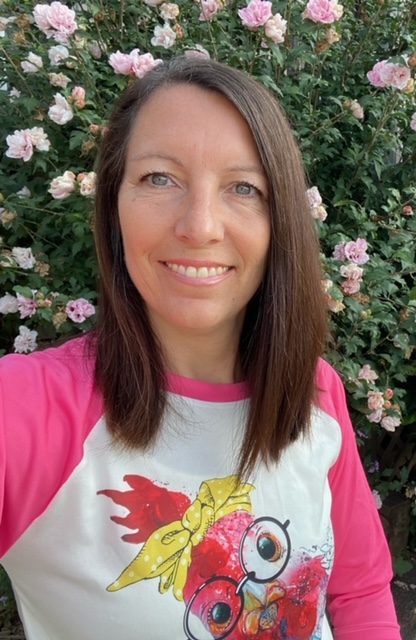
A happy wife, mother, teacher, writer, hobby farmer, lover of chickens, and contributor to Pampered Chicken Mama!

